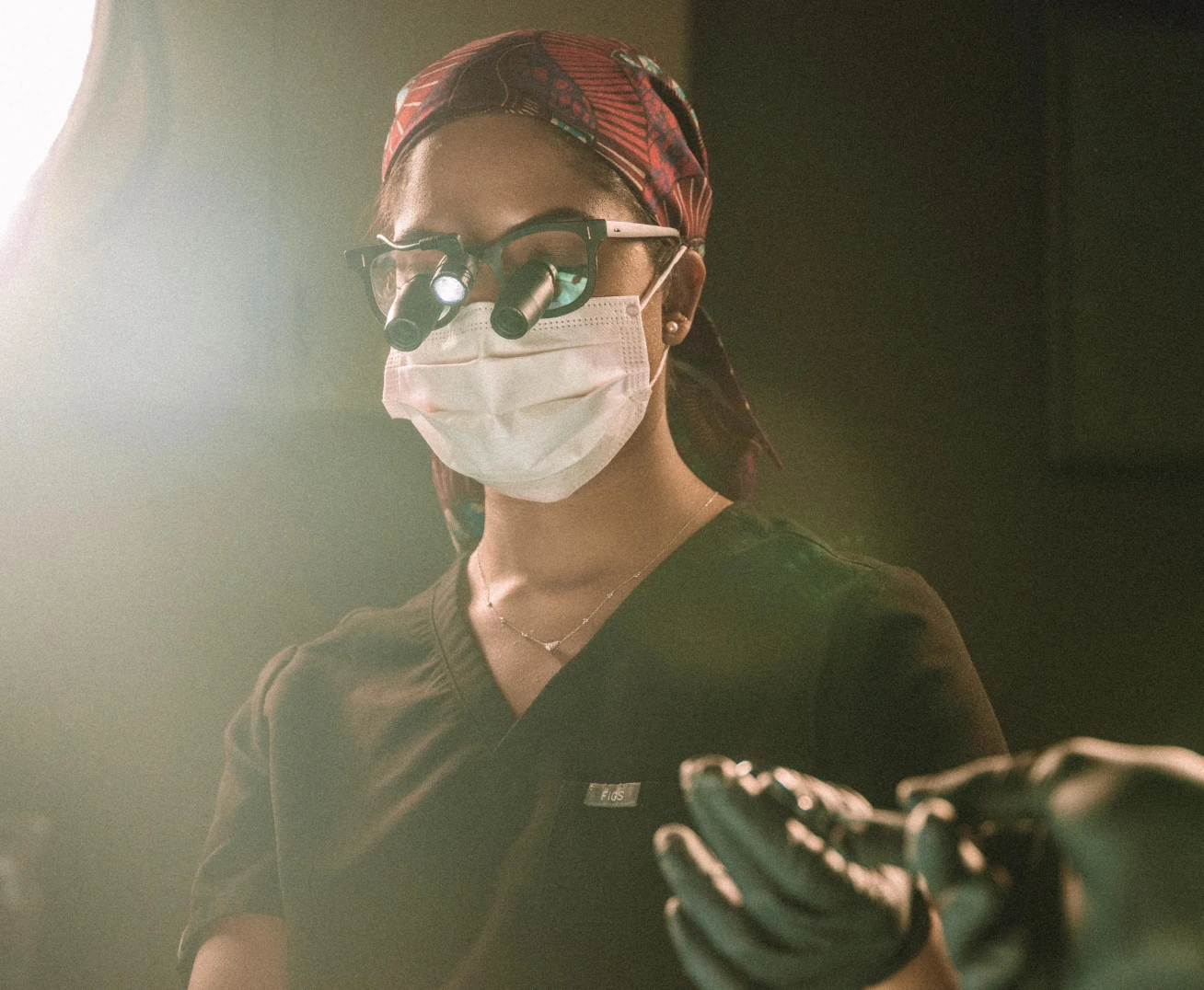Scar Revision Recovery
After your treatment, you will be able to go home and return to your day, however, depending on the severity of your scar revision, you may need to take the rest of the day to rest and relax.
Recovery after a Scar Revision depends on the type of treatment you receive. For example, topical treatments can take several months to produce results, with most patients requiring multiple injections or resurfacing treatments to achieve their goals. Full recovery after surgery may take weeks or months.



